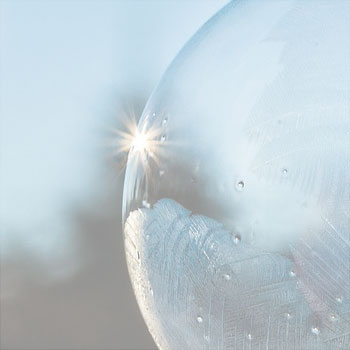Have fun
In the home:
Babies are drowning in home baths and around the home. To combat this, hand to skin contact with the baby is critical in every situation where water poses a threat. This means being within reach at all times.
When its bath time, bring everything you need into the bathroom before you start and ignore any distractions like visitors or phones. A moment of inattention can be disastrous.
Use a bathmat supplied by Plunket and Water Safety New Zealand.
Around the home:
- When using a bucket or tub immediately empty it.
- If you need to soak something do it out of reach of the child and make sure it has a tight-fitting lid.
- Turn anything that can collect rainwater over and empty the paddling pool or water play vessel immediately.
Outside the home:
- Toddlers present a new challenge to parents because they are mobile and into everything.
- First thing to remember is to remove all water hazards from around the home.
- Comply with the building act if you have a pool or spa.
- Identify and eliminate all water hazards around the home including emptying vessels such as buckets when you have finished with them.
In the community:
- Ensure you assess the water hazards that present when you go into a new environment. Pre-schoolers to five-year olds are outside the home more frequently as they are more mobile. They become more vulnerable to water hazards including rivers, lakes, ponds and fountains, and they can even be at risk visiting other people’s homes so it pays to survey the environment for any water hazards and take steps to minimise harm.
Pool toys and lifejackets
While they are fun they are not a floatation device like a lifejacket. Pool noodles, blow up toys and flutter boards are toys and shouldn't be used to keep a child afloat in the water. The only safe floatation device is a lifejacket. Read more about children's lifejackets here.
Books
Sometimes serious messages can be communicated to your child through the magic of a special story book. See below for a look inside our bookcase.










